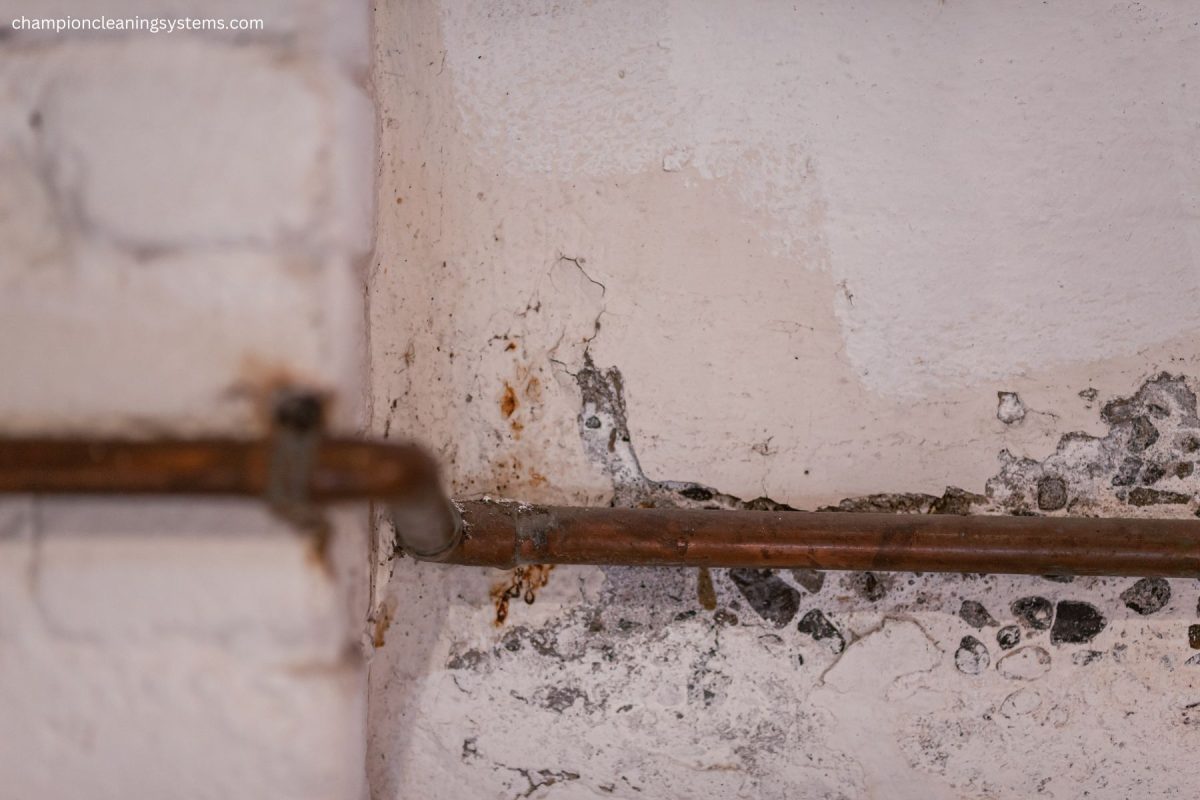24/7 Emergency Service

In Part 1, we inspected the exterior of your home, and in Part 2, we looked at interior signs of water damage. Now, it’s time to check the areas of your home where water damage often goes unnoticed—your attic, basement, and crawl spaces. These hidden spaces are prone to leaks, excess moisture, and mold growth, making regular inspections essential.
Your attic is one of the first places water damage may appear due to roof leaks or poor ventilation. Here’s what to look for:
✅ Dark stains or water spots on wooden beams or insulation
✅ Damp or matted insulation, which reduces energy efficiency
✅ Mold or mildew growth, especially in corners
✅ Sunlight shining through the roof, indicating holes or gaps
✅ A musty smell, which could mean trapped moisture
🔹 Prevention Tip: Ensure proper attic ventilation to reduce humidity. If you find any signs of roof leaks, schedule a professional inspection immediately.
Basements are one of the most common places for water damage due to heavy rainfall, foundation cracks, and poor drainage. Warning signs include:
✅ Puddles or damp spots on the floor—even small ones can indicate a leak
✅ Efflorescence (white, chalky residue) on concrete walls—a sign of water seepage
✅ Cracks in foundation walls or floors, which can allow moisture in
✅ Rust on metal pipes or appliances, signaling excess humidity
✅ A damp, musty smell, a sign of hidden moisture
🔹 Prevention Tip: Keep a dehumidifier running in the basement to reduce moisture. If you notice persistent leaks, waterproofing the foundation may be necessary.
If your home has a crawl space instead of a basement, moisture buildup can lead to wood rot, pests, and mold. Here’s what to check:
✅ Standing water or damp soil, indicating poor drainage
✅ Mold growth on wood beams, which weakens your home’s structure
✅ Condensation on pipes, which can lead to rust and leaks
✅ A foul or musty odor, which suggests excess humidity or mold
🔹 Prevention Tip: Install a vapor barrier to keep moisture out and check for proper ventilation. If water pools under your home, consider adding a drainage system or sump pump.
In Part 4, we’ll wrap up this series by discussing mold prevention, humidity control, and emergency steps if you discover water damage. Taking action now can help you avoid costly repairs and keep your home safe this spring!

